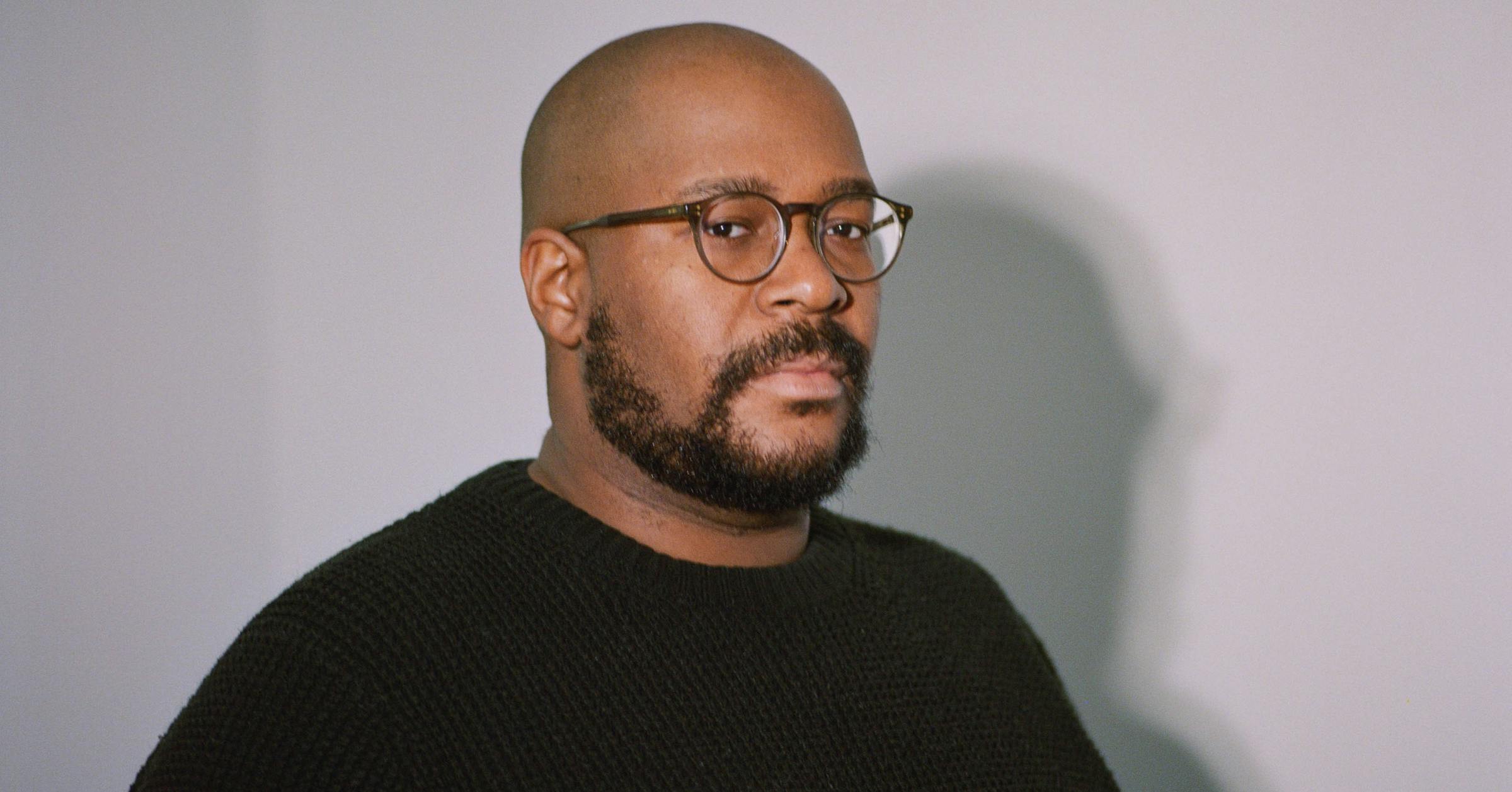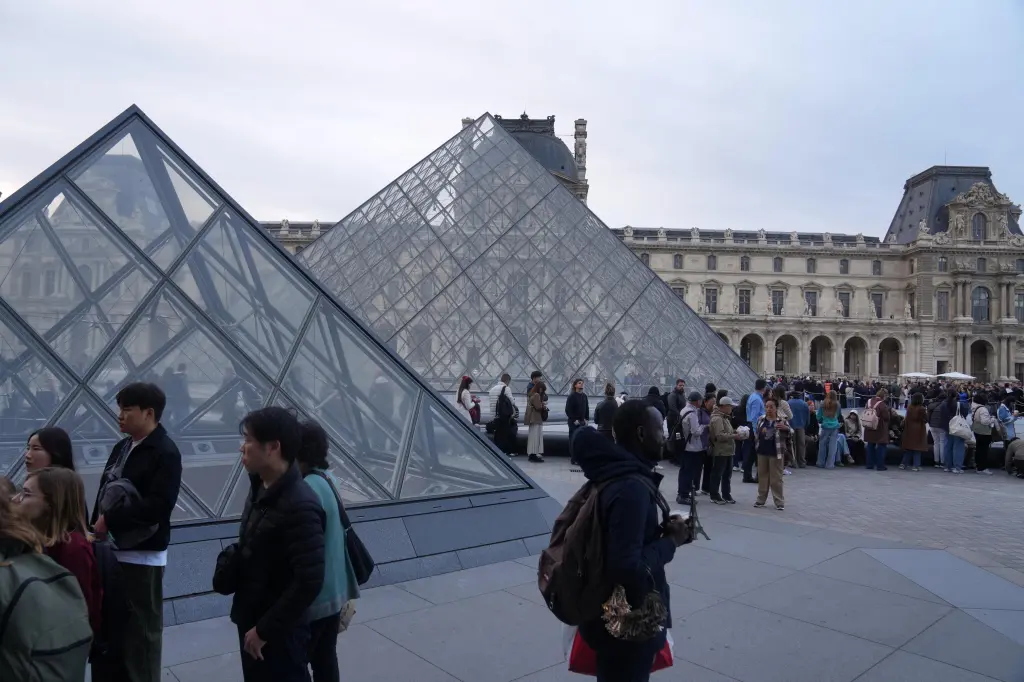Copyright Star Tribune

As political and societal tides shift, as the city rises up in agitation, we meet Wyeth, a Black, millennial artist who hasn’t made art in a while and is struggling with what to paint next. We first find him downtown, in studio space he shares with four other artists, considering whether and how to paint photos he took at recent protests but not finding any inspiration. Soon, Wyeth meets Keating, a handsome odd-jobber, busy in the city doing a “little of this, little of that,” mostly construction work. Wyeth and Keating flirt, share cigarettes, then a bed. Eventually, after fits and starts, they begin a thoroughly modern relationship. In other words, it’s complicated. Wyeth makes an engaging and almost completely likable protagonist. He’s observant, witty, smart, educated — although traumatized by his MFA years — introspective and self-conscious. Extremely self conscious. Interactions that many might consider casual take on abundant weight for him; small slights that could slide right off his back, linger and fester. Through Taylor’s intense gaze and practiced hand, Wyeth is both a fully realized individual and a realistic representation of millennial angst, of how hard it is for that generation to find meaning and purpose in life after formative years disrupted by 9/11, recession and a global pandemic. Wyeth navigates New York with an artist’s attention, and Taylor writes the city in dazzling, poetic prose. Wyeth is surrounded by cool, cynical artists, most of whom try to persuade him to do whatever he wants with his art. But, because the big questions he needs to resolve in order to return to the canvas are presented by Taylor with depth and breadth, then rendered with sincerity and seriousness, it is easy to understand why doing whatever he wants isn’t so easy. In one scene, Wyeth views a video of a food delivery worker wading through chest-high flood waters with someone’s dinner held above his head, trying to keep it dry. Wyeth wonders if the man is admirable for his efforts or desperate. Are the risks he’s taking not a big deal or a sign of societal collapse? Should the man be more interested in self-preservation or is making the delivery an act of self-preservation? Wyeth also wrestles with confounding questions more specific to him, questions about his artistic identity and Black identity, about making art for the culture without it being commodified and cheapened as a result. “How to paint life as a black person, with black people, not black figures, people, and not have. . . all the stuff attached.” As they get to know each other, Wyeth learns that Keating is grappling with big questions too, questions about faith and his relationship with God. Like a Bergman film, quiet tension builds throughout but never shouts. I found myself in thrall to questions too: Will Wyeth find a way forward with his art? With Keating? Will Keating find his faith again? And what about the country where all this is set, what will happen to it? Taylor is terrific and “Minor Black Figures” is a major accomplishment.



